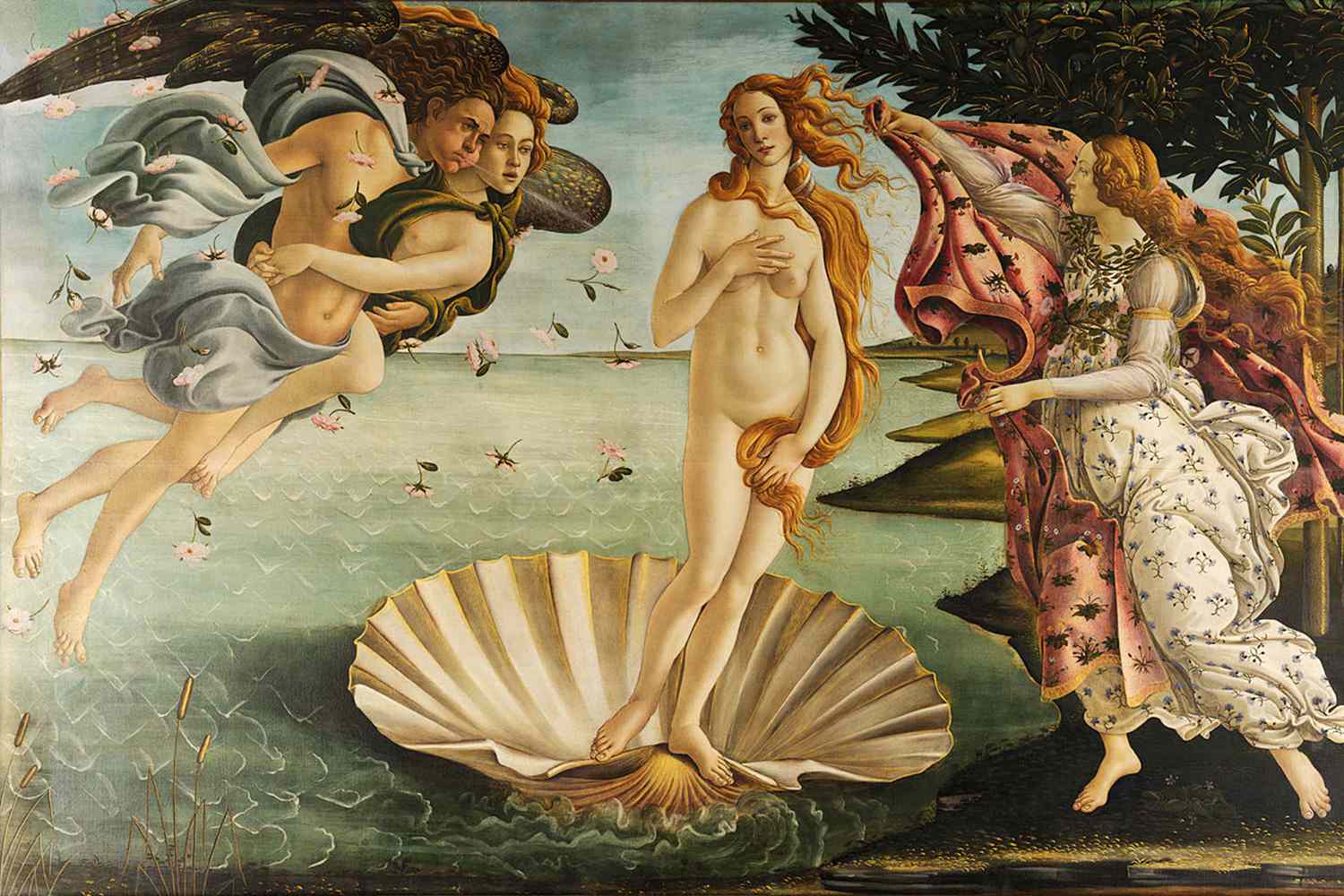Across cultures and throughout history, the pursuit of beauty has captivated humanity. Countless works of art, philosophical debates, and social norms revolve around this elusive ideal. But is beauty truly a social construct, a fleeting standard dictated by fashion trends and cultural preferences? Or is there something more fundamental, a deeper essence that transcends societal pronouncements and resonates within us on a more profound level?

While societal influences undeniably shape our perception of beauty, claiming it’s solely a social construct paints an incomplete picture. Consider the universality of certain elements that spark our aesthetic appreciation. From the awe-inspiring symmetry of a sunset to the delicate intricacy of a snowflake, there’s something inherent in certain forms, patterns, and expressions that evokes admiration across diverse cultures and timeframes. This innate recognition suggests a deeper wellspring of beauty, one that transcends societal constructs and speaks to something fundamental within the human experience.
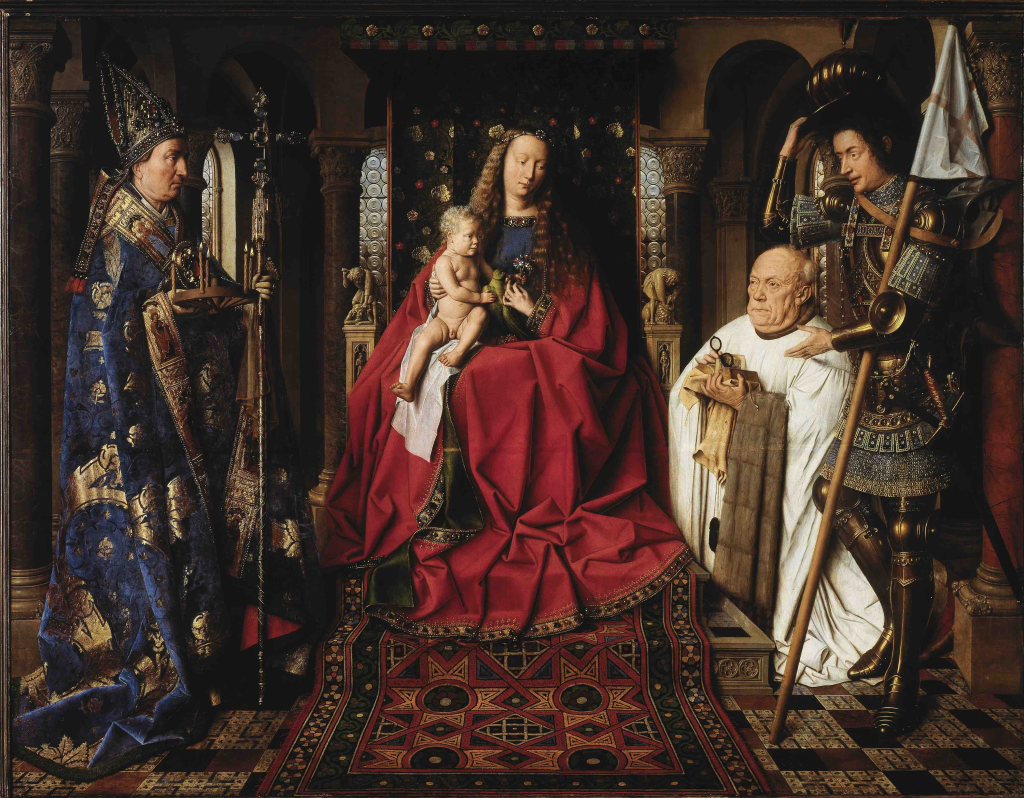
Furthermore, beauty often lies not just in the outer form, but in the inner essence. Acts of kindness, expressions of courage, and the depth of human connection can ignite a feeling of awe and appreciation that surpasses the aesthetics of physical appearance. The selflessness radiating from a mother caring for her child, the quiet determination of a scientist pursuing a cure, or the soul-stirring melody of a musician’s improvisation – these expressions of the human spirit can hold a transcendent beauty that eclipses any societal definition.
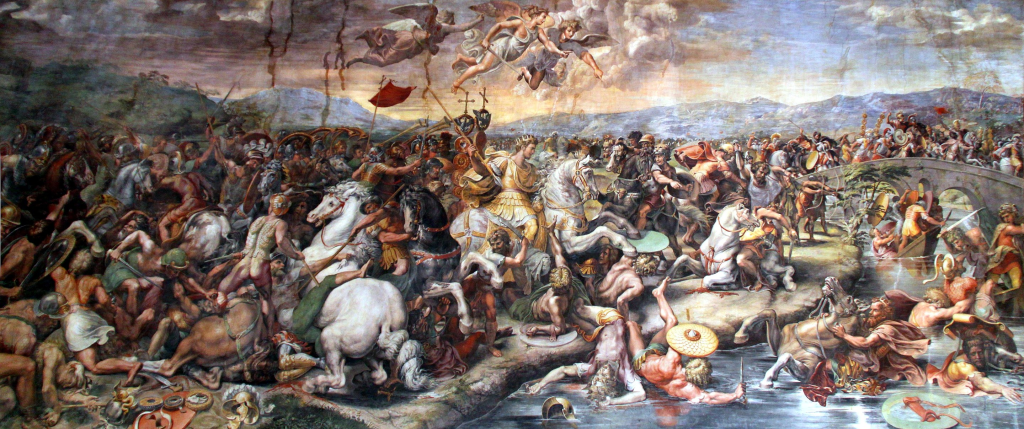
Of course, societal influences do play a significant role in shaping our individual concepts of beauty. Cultural norms, media representation, and peer pressure can shape our preferences and influence what we find attractive. However, to see beauty solely as a construct dictated by external forces disregards the intrinsic human capacity for independent discernment and aesthetic appreciation. We are not simply passive victims of societal dictates; we have the power to question, explore, and forge our own interpretations of beauty.
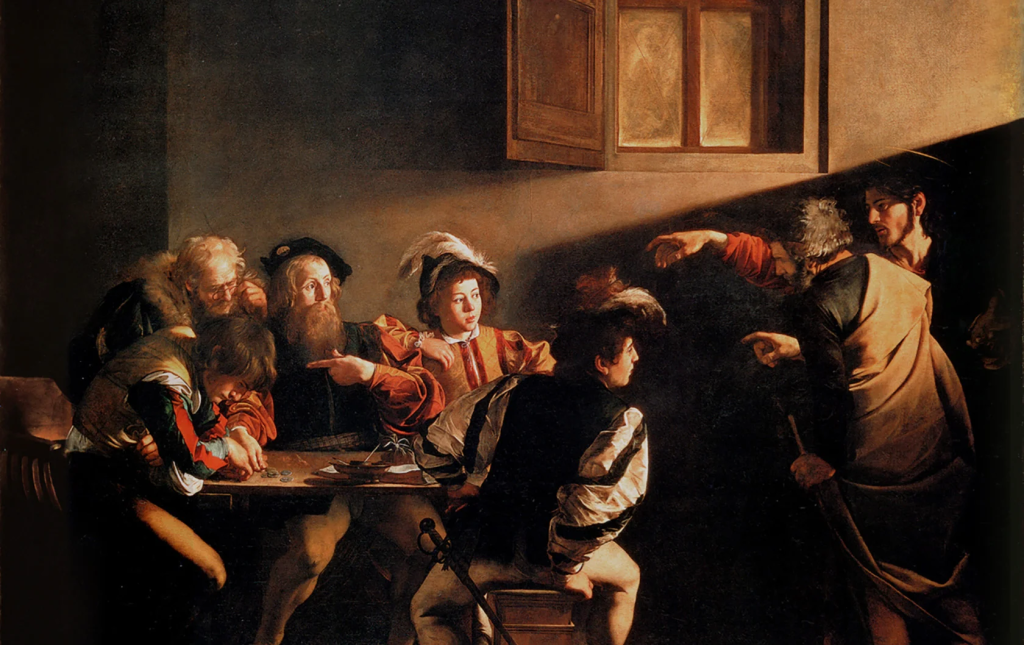
Ultimately, beauty is a multifaceted tapestry woven from both universal elements and societal threads. It’s a dynamic dance between our inherent appreciation for certain qualities and the cultural influences that shape our individual preferences. Embracing this multifaceted nature allows us to move beyond superficial pronouncements and engage with beauty in all its rich and diverse forms. Whether it’s found in the grandiosity of nature, the quiet strength of the human spirit, or the fleeting perfection of a fleeting moment, true beauty lies in the tapestry of experiences that resonate with our individual and collective sense of what makes life truly wonderful.
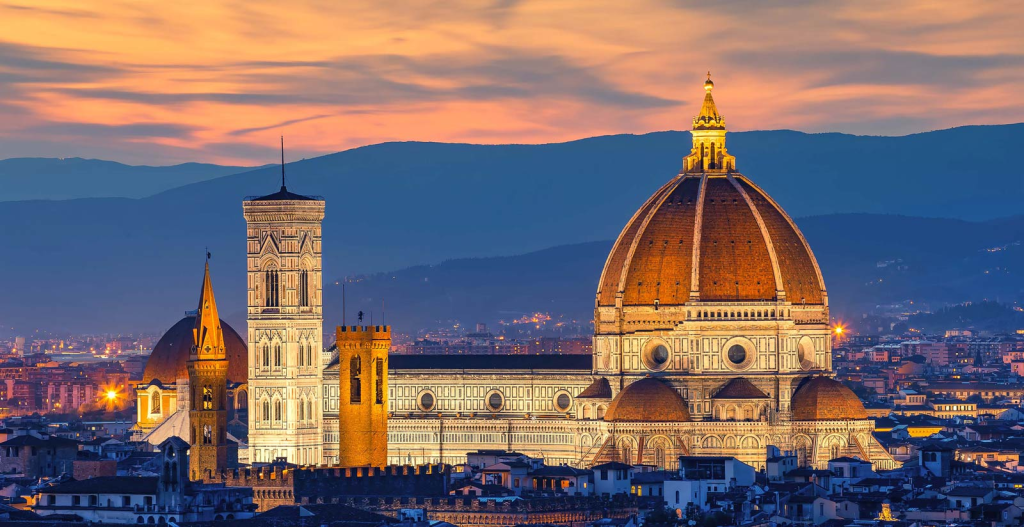
So, let go of the rigid definitions and societal prescriptions. Open your eyes, your heart, and your mind to the whispers of beauty that echo from within and from the world around you. For in embracing the full spectrum of what it means to be beautiful, we can enrich our lives and create a world where true appreciation resonates far beyond the confines of societal constructs.
Shayne Heffernan


